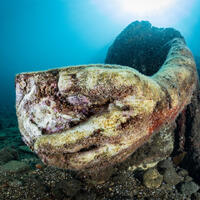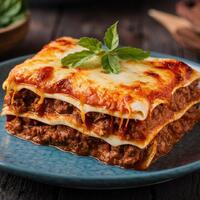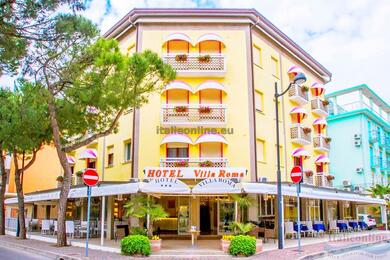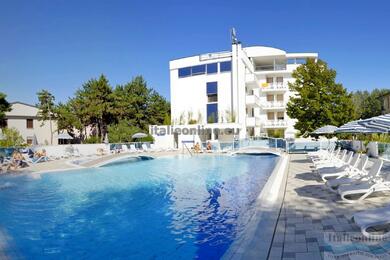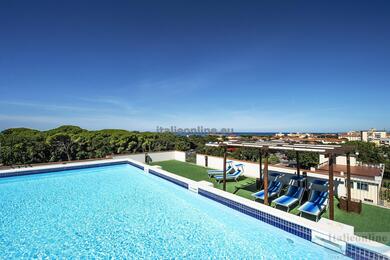Like Palmanova, Sesto al Reghena is one of the "I Borghi più belli d'Italia" (The most beautiful villages in Italy). It is definitely worth a visit if you get tired of lying on the beaches of Bibione, Caorle or Lignano Sabbiadoro. From these resorts, it's a comfortable drive of less than three quarters of an hour.
Abbey of Santa Maria in Sylvis
Sesto al Reghena is associated with the magnificent 7th century Benedictine abbey of Santa Maria in Sylvis, around which the village has grown.
The abbey was devastated in 889 and rebuilt as a fortress, so it looks like a medieval castle. The entrance tower, the basilica, the abbot's residence (today's town hall), the abbey office and the presbytery are preserved from the original abbey.
The basilica, built in the Romanesque-Byzantine style, is decorated with a cycle of frescoes from the 14th-15th centuries. They depict the very rare "Lignum Vitae" - "Tree of Life", of which there are only three examples in the whole region. There are also stories about Saint Benedict.
But in the crypt of the abbey you can also see other rare artefacts. For example, the urn of Saint Anastasia, a venerated saint and martyr, which is housed in a marble block carved with images from the Lombard period (8. the crypt probably once served as a marble pulpit.
There is also a small lapidarium in the abbey grounds (a place where the stone objects such as statues, tombstones, sarcophagi, monuments, crosses, stone parts of buildings).
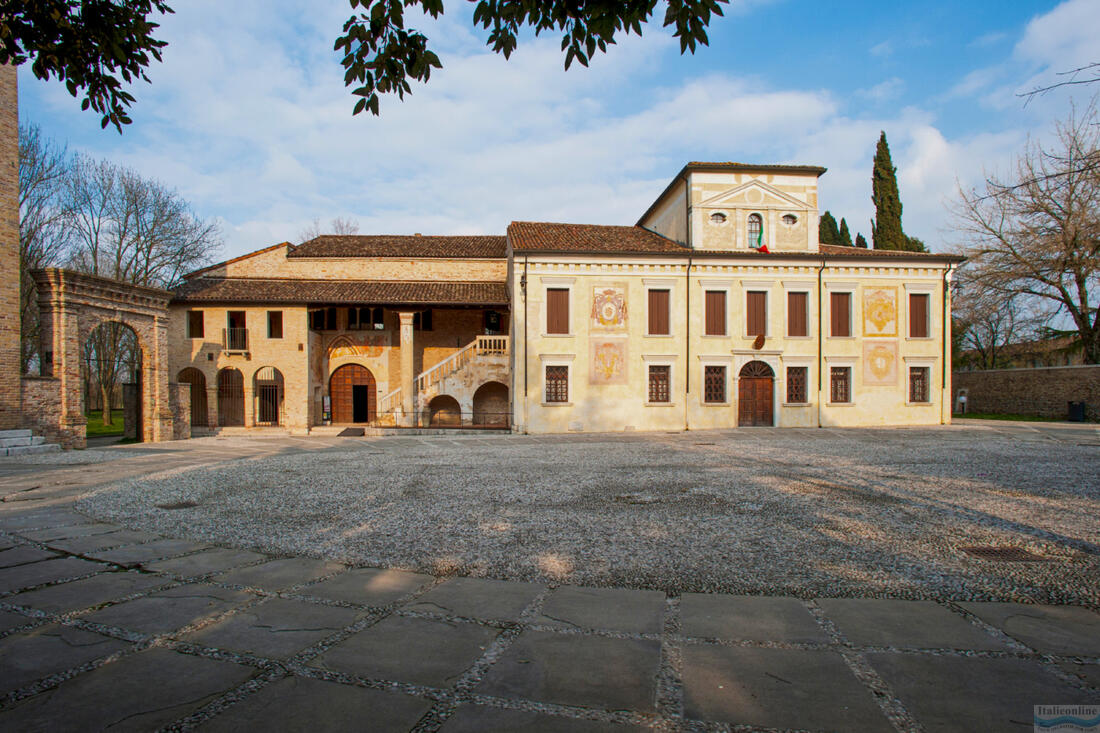
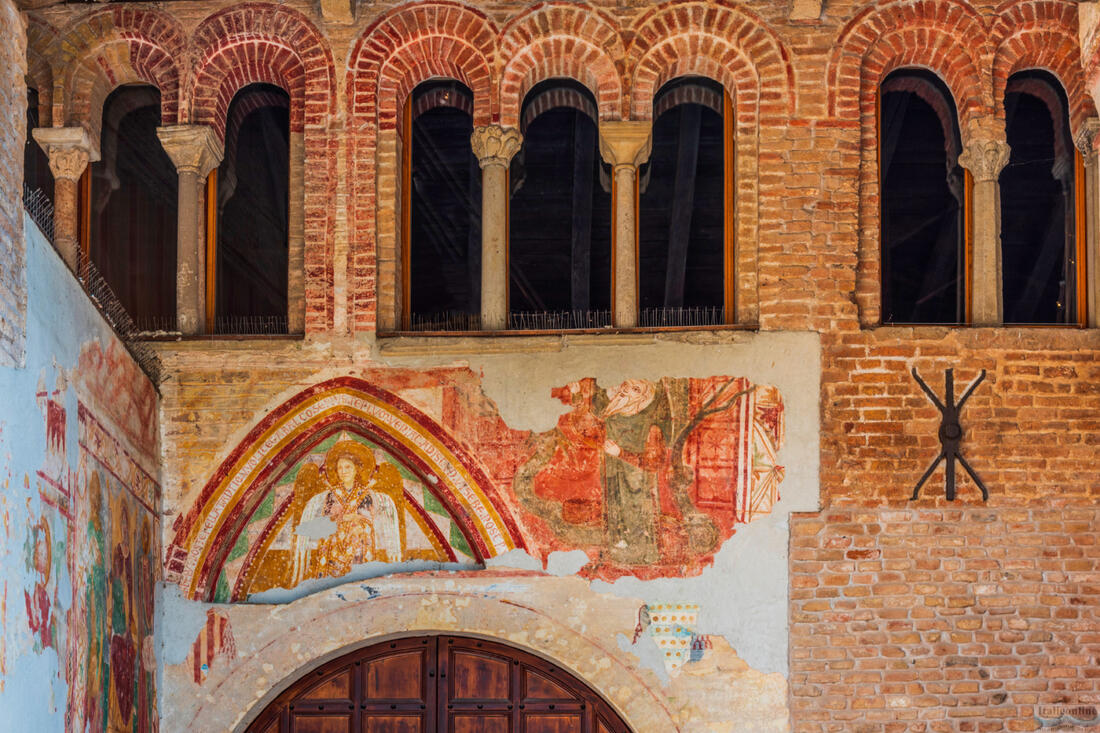
Torre dell'Orologio
The clock tower is one of the symbols of the city. The tower dates back to the 14th century and is part of the ancient fortifications. Its clock was once an important landmark for the locals.
Ponte Romano
This Roman bridge over the Reghena River is an example of ancient engineering. It served as an important link on trade routes. It is still in good condition today and provides a fascinating insight into history.
To fully experience the historical significance and beauty of Seto al Reghena, we recommend taking a guided tour. Local guides have a deep knowledge of the history and culture of the town and can provide you with interesting information and stories.
Local cuisine and specialities
Sesto al Reghena offers authentic regional cuisine, which includes polenta and various types of pasta and meat, as well as local specialties such as frico. frico is a traditional dish originally from the province of Udine, but it is also very popular in Sesto al Reghena. Frico is actually fried cheese, often combined with other ingredients such as potatoes, onions or apples. There are two main variations of frico:
- Frico friabile - this crispy version is made with just cheese, which is fried until it becomes thin and crispy. It is often served as an appetizer or as part of an aperitif.
- Frico morbido - a softer version includes a combination of cheese with potatoes and sometimes onions. The result is a soft and rich mixture that can serve as a main course or a side dish.
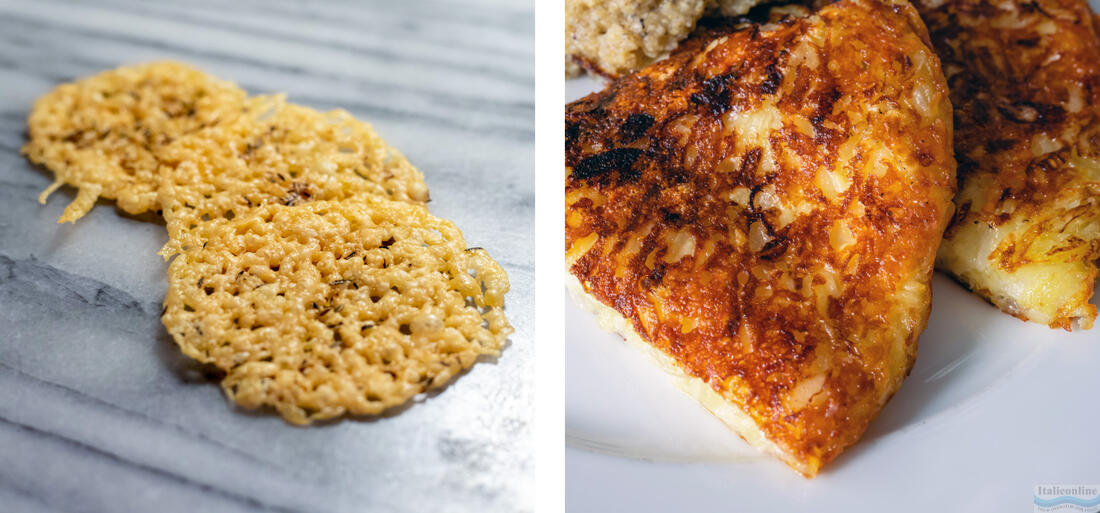
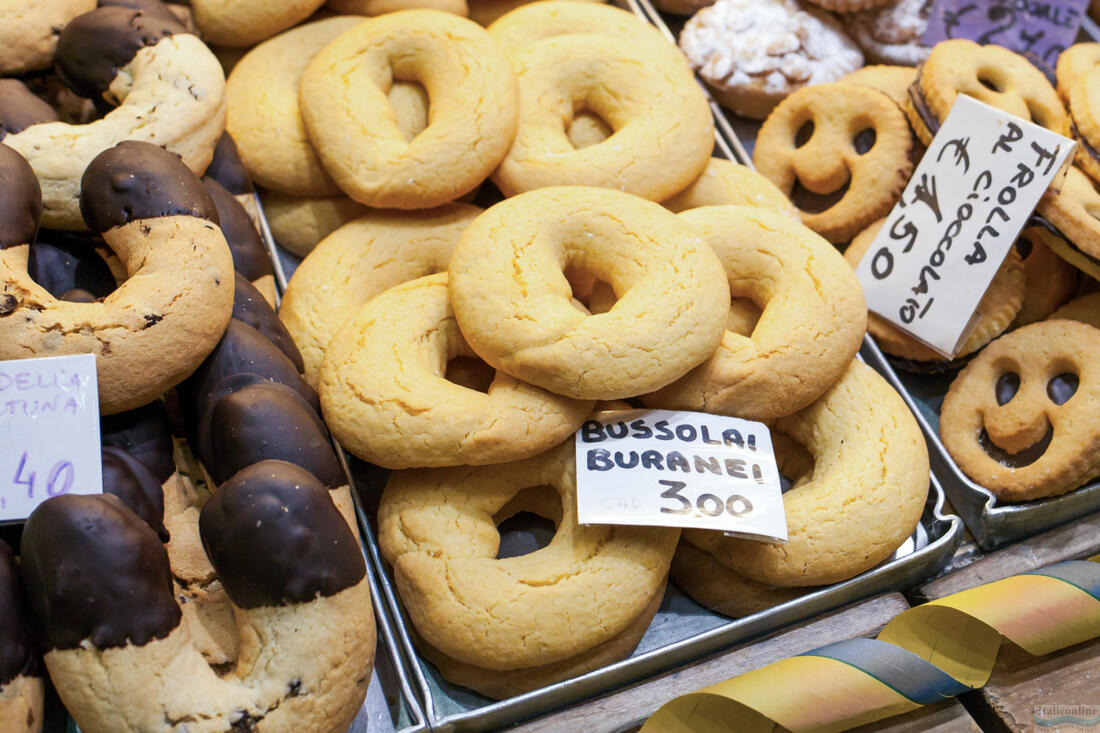
Another local traditional speciality is the 'bussolà' biscuit. They are made with a lot of butter and eggs and the recipe for baking them is usually handed down from generation to generation. It is said that the godfather once gave them to his godson as a good luck omen.
They are ideal for a hearty breakfast, but also for a glass of wine.
We also recommend trying the local wines, which are of very high quality thanks to the ideal climatic conditions.


